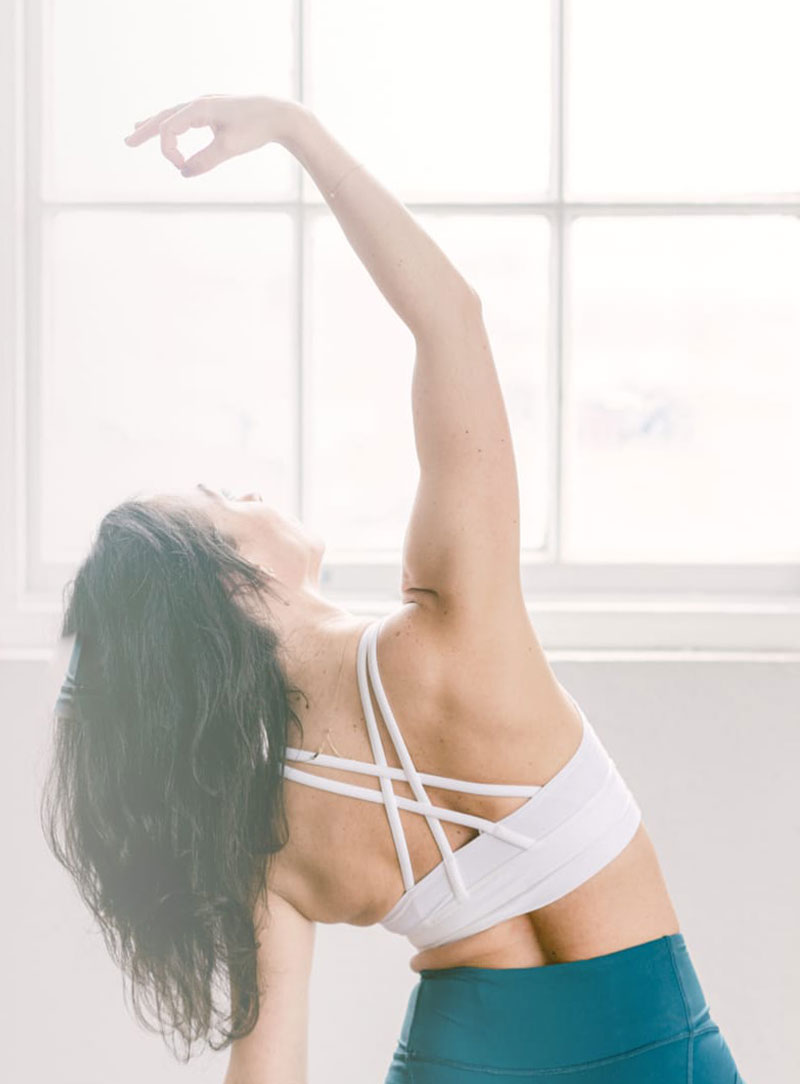
Preparing for your First Kundalini Yoga Retreat
Kundalini yoga retreats are a unique opportunity to deepen your connection with your inner self, explore transformative practices, and unwind from the stress of daily life. Preparing ahead can help you feel more at ease and ensure you get the most out of the experience. Whether you’re a complete beginner or have dabbled in yoga before, here’s how to get ready for your first Kundalini yoga retreat.
Researching the Right Retreat for You
Finding the right retreat is a crucial first step. Consider the following factors to ensure it aligns with your goals and preferences:
- Dates and availability: Some retreats are scheduled around special events like the summer or winter solstice, the New Year, or spiritually significant occasions.
- Themes and focus areas: You may be interested in retreats centered on topics such as astrology, numerology, or specific Kundalini practices that resonate with you.
- Accommodations: Decide whether you prefer a luxurious hotel, an eco-friendly retreat, or a more rustic, simple setting.
- Solo vs. group travel: Reflect on whether you want to attend alone for personal growth or with a companion for shared experiences.
Choosing a retreat specifically designed for beginners can be especially helpful, ensuring you feel supported and guided throughout.
Understanding What to Expect
Kundalini yoga retreats often include:
- Physical yoga practice, known as kriyas.
- Breathwork (pranayama) to enhance energy flow.
- Mantra chanting to uplift the spirit and focus the mind.
- Meditation for deep relaxation and connection.
- Gong baths or sound healing for energetic alignment.
Unlike a single yoga class, a retreat immerses you in these practices over several days, allowing you to fully experience their transformative effects. Beginners often find this immersive approach more impactful than one-off sessions, as it provides time to truly settle into the practice and see what Kundalini yoga can do for them.
Preparing your Mindset
Approaching the retreat with an open and curious mindset will make all the difference.
- Let go of expectations: Every participant’s experience is unique, so focus on enjoying the journey rather than comparing outcomes.
- Set personal intentions: Consider what you hope to gain—relaxation, healing, spiritual connection, or simply a break from routine.
- Be open to new practices: Kundalini yoga incorporates unique elements like chanting and mudras that may be unfamiliar – but highly rewarding.
Preparing your Body
Preparing your body helps you feel more comfortable and ready to fully participate:
- Yoga and stretching: Practice light yoga or stretching in the weeks leading up to the retreat.
- Build strength: Consider weight training to prepare for some of the more challenging poses.
- Breathwork practice: Try techniques like Wim Hof breathwork to familiarize yourself with controlled breathing patterns.
- Dietary adjustments: If the retreat offers plant-based meals, start reducing caffeine, processed foods, and meat to ease the transition.
Preparing your Mind and Spirit
Spiritual preparation can enhance your ability to fully embrace the retreat:
- Meditation practice: Begin exploring simple meditation techniques to build comfort with sitting still and focusing. This could be guided meditations that you find online or it could be as simple as sitting quietly in contemplation
- Practice mindfulness: Activities like journaling or spending quiet time outdoors can help you cultivate a reflective mindset.
- Digital management: Practice having some time away from social media and away from the screen so that you can start the process of self-reflection before your retreat.
What to Pack for Your Kundalini Yoga Retreat
Being prepared with the right items can make your experience more comfortable:
- Loose, comfortable yoga clothes (white or light-colored clothing is often recommended).
- A yoga mat, cushion, and meditation blanket (Check with the venue first, as many retreats provide these).
- A reusable water bottle and any personal snacks, especially if you have dietary preferences.
- A journal and pen to capture reflections or insights.
- Layers or a shawl for early mornings and cooler moments during meditation.
Optional extras include eye masks, earplugs, or essential oils to enhance relaxation.
Practical Tips for a Smooth Experience
- Plan your travel arrangements early: Double-check the retreat’s location, directions, and transportation options.
- Arrive early if possible: Consider arriving a day early to settle in and minimize stress from travel.
- Communicate your needs: Let the retreat organizer know about any dietary restrictions or specific requirements ahead of time.
What to Leave Behind
One of the joys of a retreat is the opportunity to unplug from daily distractions:
- Disconnect from technology: Consider leaving your phone behind or using it minimally to focus on the retreat experience.
- Release preconceptions: Kundalini yoga is about self-discovery—allow yourself to explore without judgment.
Returning to Daily Life After the Retreat
Your experience doesn’t end when the retreat does. Here’s how to ease back into everyday life:
- Prepare for things to feel different: You will be undergoing a transformative experience, so it’s normal to feel different afterwards. Embrace this feeling!
- Clear your schedule post-retreat: Give yourself a few lighter / easier days to rest and reflect when you return home. You may feel ungrounded at first, but this will pass, leaving you feeling lighter and more energized.
- Integrate what you’ve learned: Continue practicing the kriyas, meditations, or mantras that resonated with you, whether on your own at home or by attending a class.
